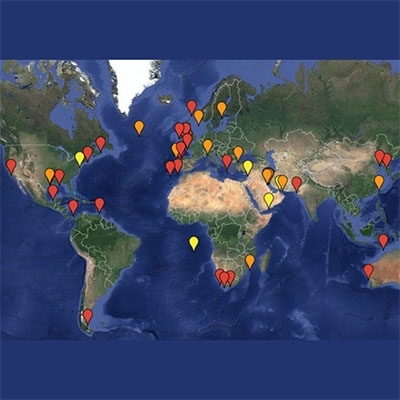
Was the extreme and wide-spread MOSSFA event of DwH unique?
A recent publication from Wageningen University in the Netherlands performed a meta-analysis of large oil spills to determine if a MOSSFA brought oil to the sea floor in other oil spills.
During Deepwater Horizon, 9.1% of oil from the well head settled on the ocean floor and was in constant contact with sediments. This roughly 10% made it to the seafloor was through mucus-rich marine snow sinking to the seafloor and collecting oil droplets and clay materials during its descent. When this marine snow carries oil to the seafloor it is known as a MOSSFA event (Marine Oil Snow Sedimentation and Flocculent Accumulation).
This paper analyzed data from 52 other oil spills to see if a MOSSFA would have occurred in other spills using these conditions: dispersant application, clay materials in the water (originating from the seafloor), and presence of mucus-like substances from oil-degrading bacteria and phytoplankton.
Using the Deepwater Horizon and Ixtoc-I events as a baseline for MOSSFA conditions, the authors estimate a MOSSFA in 15 of 52 studied spills
The authors recommend MOSSFA be considered in the overall environmental efforts following a spill. Does oil on the seafloor contribute to similar habitat loss as oil on coastlines?
The full article is available at the link below:
http://www.sciencedirect.com/science/article/pii/S0025326X15005275
Citation:
Sophie M. Vonk, David J. Hollander, AlberTinka J. Murk, Was the extreme and wide-spread marine oil-snow sedimentation and flocculent accumulation (MOSSFA) event during the Deepwater Horizon blow-out unique?, Marine Pollution Bulletin, Available online 8 September 2015, ISSN 0025-326X, http://dx.doi.org/10.1016/j.marpolbul.2015.08.023.


